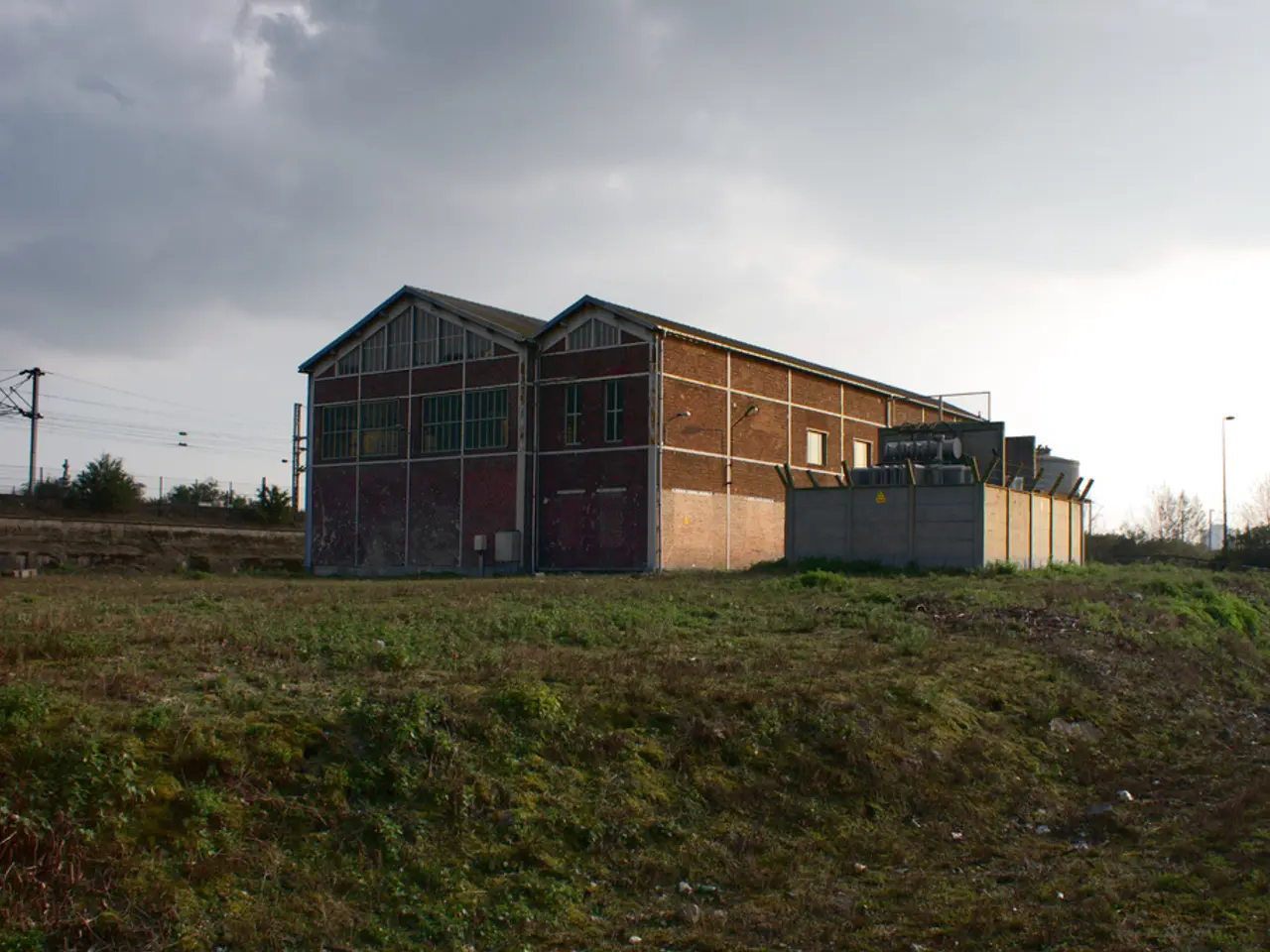Large coil, weighing 20 tonnes, deployed to fortify the electrical grid infrastructure
In a recent development, WSW, the central power supplier in the region, has replaced a high-voltage coil at their substation located on Wilbergstraße. This essential component, weighing 20 tons, plays a crucial role in maintaining the stability and safety of the power grid.
The high-voltage coil, integral to electromagnetic devices like contactors or transformers, helps control and stabilize high-voltage circuits. It generates precise electromagnetic forces that enable quick and reliable switching of high-voltage contacts, ensuring the grid can respond rapidly to faults or load changes, and thus maintaining stability and safety.
In the context of the power grid, the high-voltage coil acts as an actuator in protective devices, separating faulty sections of the grid instantly, preventing the spread of faults. It ensures rapid fault isolation, a vital aspect as without such fast switching, voltage fluctuations or imbalances could cascade into wide-area blackouts.
Moreover, the high-voltage coil supports the maintenance of voltage stability by enabling swift reconnection or disconnection of lines and equipment as grid conditions fluctuate. In AC power grids, it indirectly contributes to stability by enabling devices that manage the switching operations tied to frequency and voltage regulation.
The replacement of the high-voltage coil at the WSW substation has allowed the power grid to remain stable, preventing an immediate network shutdown. Normally, a failure in the power grid, such as the insulation of a cable failing, can lead to fault current. This fault current, if not managed promptly, could potentially cause power outages. However, with the high-voltage coil in place, technicians have time to find and repair the fault without causing a power outage for households.
The transformed electrical energy, initially at a high-voltage level of 110,000 volts, is transformed at the WSW substation to medium voltage (10,000 volts). From there, it is distributed to 10kV stations for use in households and businesses. The substation's location required the use of specialized equipment, including a low-loader for transportation and a mobile crane with a lifting capacity of 230 tons and an exceptionally long boom, for the dismantling and reinstallation of the coil.
In summary, the high-voltage coil is indispensable for the safe and stable operation of power grids. Its primary function is to physically execute the critical switching needed to isolate faults, manage load changes, and maintain voltage stability, thereby preventing outages and ensuring grid resilience. The successful replacement of the high-voltage coil at the WSW substation underscores the importance of this component in maintaining the stability and safety of the power grid.
[1] Electrical Power Systems [3] Power System Stability and Control [5] Power System Economics, Planning, and Management
[1] The high-voltage coil in the power grid falls under the category of Electrical Power Systems, specifically concerning Power System Stability and Control.[3] The primary function of the high-voltage coil is to physically execute the critical switching needed to isolate faults, manage load changes, and maintain voltage stability, thus demonstrating its importance in Power System Stability and Control.




